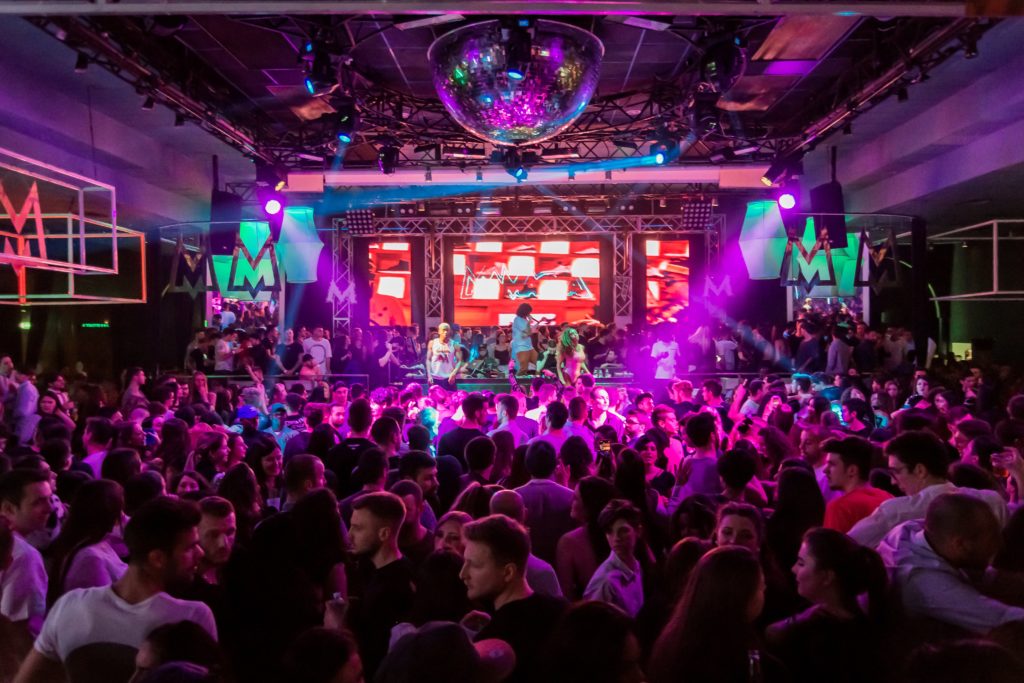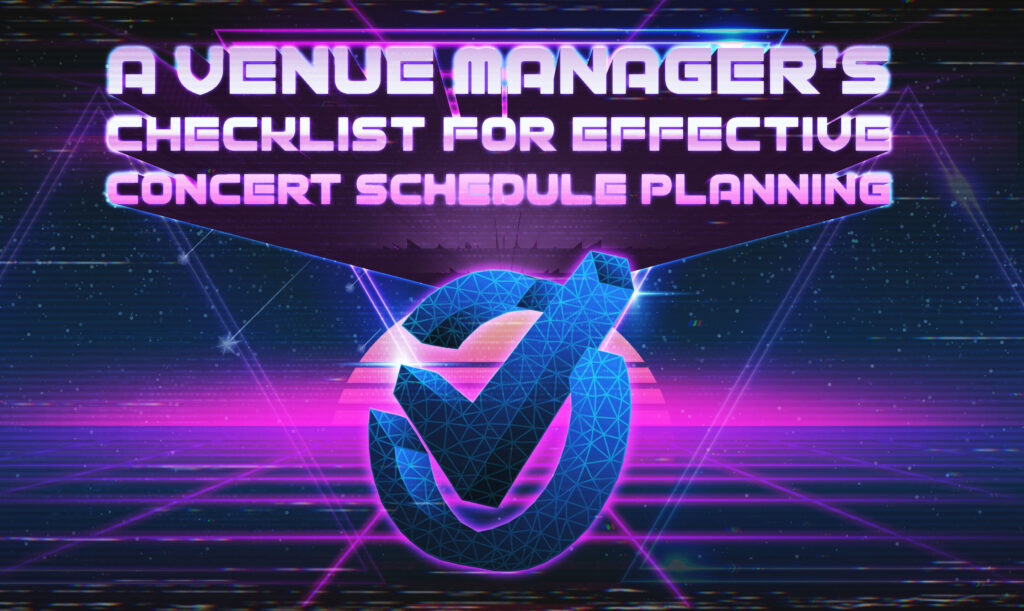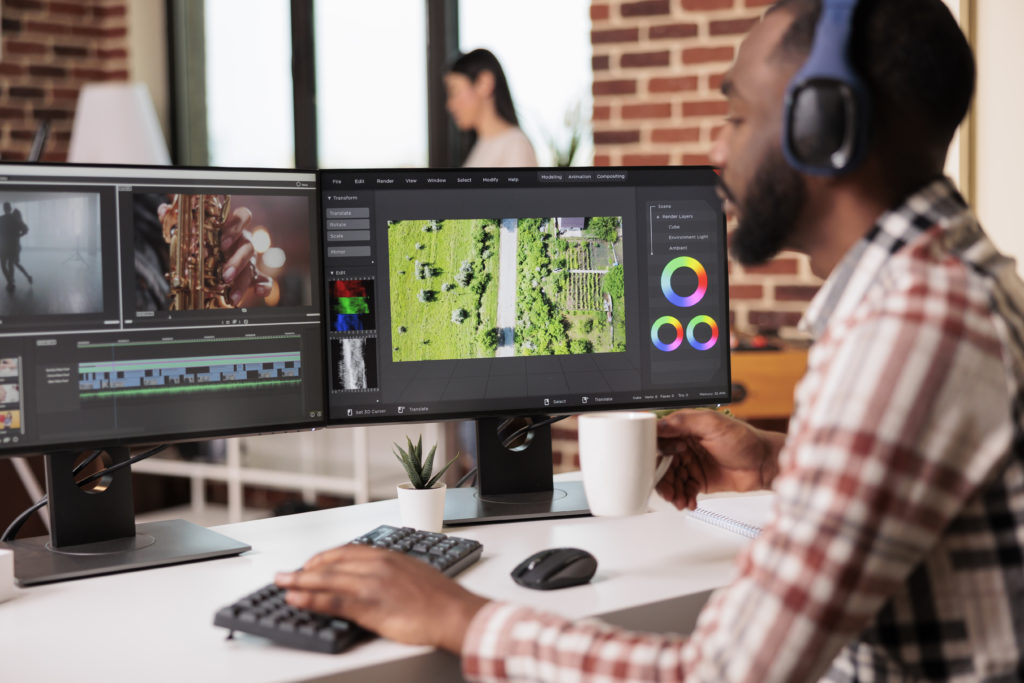
Prioritizing Accessibility: Giving Everyone the Best Seat in the House
Although venues are legally required to make themselves accessible to disabled people, many disabled music lovers can recount plenty of times when they’ve felt unwelcome at shows. The law isn’t the only reason a good venue should ensure that anybody who wants to see its shows has the ability to do so—it’s just the right thing to do, not to mention a surefire way to boost ticket sales.
That said, accessibility is a deeply multi-faceted topic with no one-size-fits-all solution. Furthermore, many disabilities exist, so a good venue will need to take all manner of considerations. Read on to learn more about how solutions are growing and advancing for concertgoers with a variety of disabilities.
The Americans with Disabilities Act
For centuries, disability rights activists have fought toward full accessibility in all spaces, but it wasn’t until the 1990s that the U.S. legally codified accessibility. In 1990, the Americans with Disabilities Effect (ADA) was signed into law, and by 1994, the law had fully gone into effect. Of particular note for venues is ADA Title III, which went into effect in 1992.
Under Title III, public accommodations such as venues are barred from discriminating against disabled people. Title III has led to public accommodations installing ramps, elevators, and other accessibility features, but these structures are only a small part of the puzzle. To properly welcome all possible showgoers, a venue can—and should—do more to ensure accessibility for everyone in attendance.
The diversity of accessibility needs
Ramps and elevators are only the beginning when it comes to accessibility. Music critic Annie Zaleski, who has cerebral palsy, deftly explained the extra steps venues should take when prioritizing accessibility in her vital 2015 Salon piece on venue accessibility:
“It’s also important to think about having an accessible bathroom that’s large enough to accommodate a wheelchair, or a bathroom that’s not down (or up) a flight of stairs; it’s having the option to request a sign language interpreter; it’s having an unobstructed view of the stage that won’t be blocked if people stand up in front of you; or it’s having a chair available away from jostling crowds. It’s even having a well-lit pathway to and from the parking lots, or (in the winter) salted sidewalks and snow cleared off from close drop-off points. These things aren’t necessarily top-of-mind when most people plan to enjoy live music, but for many people with disabilities, they’re crucial elements to having a safe, enjoyable experience.”
Zaleski wisely points out that many able-bodied people struggle to perceive certain solutions—ice-free sidewalks, well-lit outdoor pathways—as key to accessibility since able-bodied people often unwittingly take such things for granted. This point makes clear that, in guaranteeing accessibility, venues must consider every piece of the puzzle, going beyond just structural features and considering every aspect of a disabled concertgoer’s experience, not to mention every kind of disability. On-stage sign language interpreters, for example, may not come to mind when focusing on people with mobility-related disabilities, but they’re unquestionably part of a complete approach to venue accessibility.
Giving disabled showgoers a say
To ensure that proper structures and accommodations are provided for disabled showgoers, venues should allow all visitors to request additional accessibility. For example, earlier this decade, Warped Tour founder Kevin Lyman began leaving his email open to direct showgoer requests for increased accessibility, and as a result, he noticed larger numbers of disabled people attending shows and enjoying themselves. As he told Alt Press in 2015, “Warped Tour is a place where a lot of kids with mobility issues and disabilities like to come to because they’re accepted.”
Among the changes that Lyman implemented along the tour were installing private accessible bathrooms and mandating a no-moshing policy, which welcomed disabled people into crowds that might otherwise endanger them. Of the private bathrooms, he told Alt Press, “When you’re at a big festival for three days, you have time to build it.” It stands to reason that, if Warped Tour can build and dismantle private accessible bathrooms in just a three-day span, permanently-located venues can invest similar time and resources into making their facilities accessible year-round—and that’s exactly what’s happening.
Keeping up with accessibility developments
Maintaining open communication with showgoers about their accessibility needs is key, but anticipating future showgoer needs is just as important. As ongoing conversations among disability rights activists progress and new conversations begin, the options available to showgoers will expand, and venues should be aware of all possibilities.
The sign-language interpretation mentioned in Zaleski’s Salon piece, for example, may become more common in future years. This accessibility option is still uncommon enough that, in 2017, Chance the Rapper bringing a sign-language interpreter with him on tour (including to Lollapalooza) made headlines. As accessibility conversations expand to include people who have hearing-related disabilities, more venues may join in on the recent accessibility choices of Stagecoach and Coachella, both of which have reserved near-stage sections for concertgoers with hearing-related disabilities.
Accessibility can take many forms, but with a tactful, considered approach, venues can be sure to include all possible showgoers. For a checklist of some possible ways to guarantee inclusivity, click here, and never be afraid to ask showgoers what they need.



